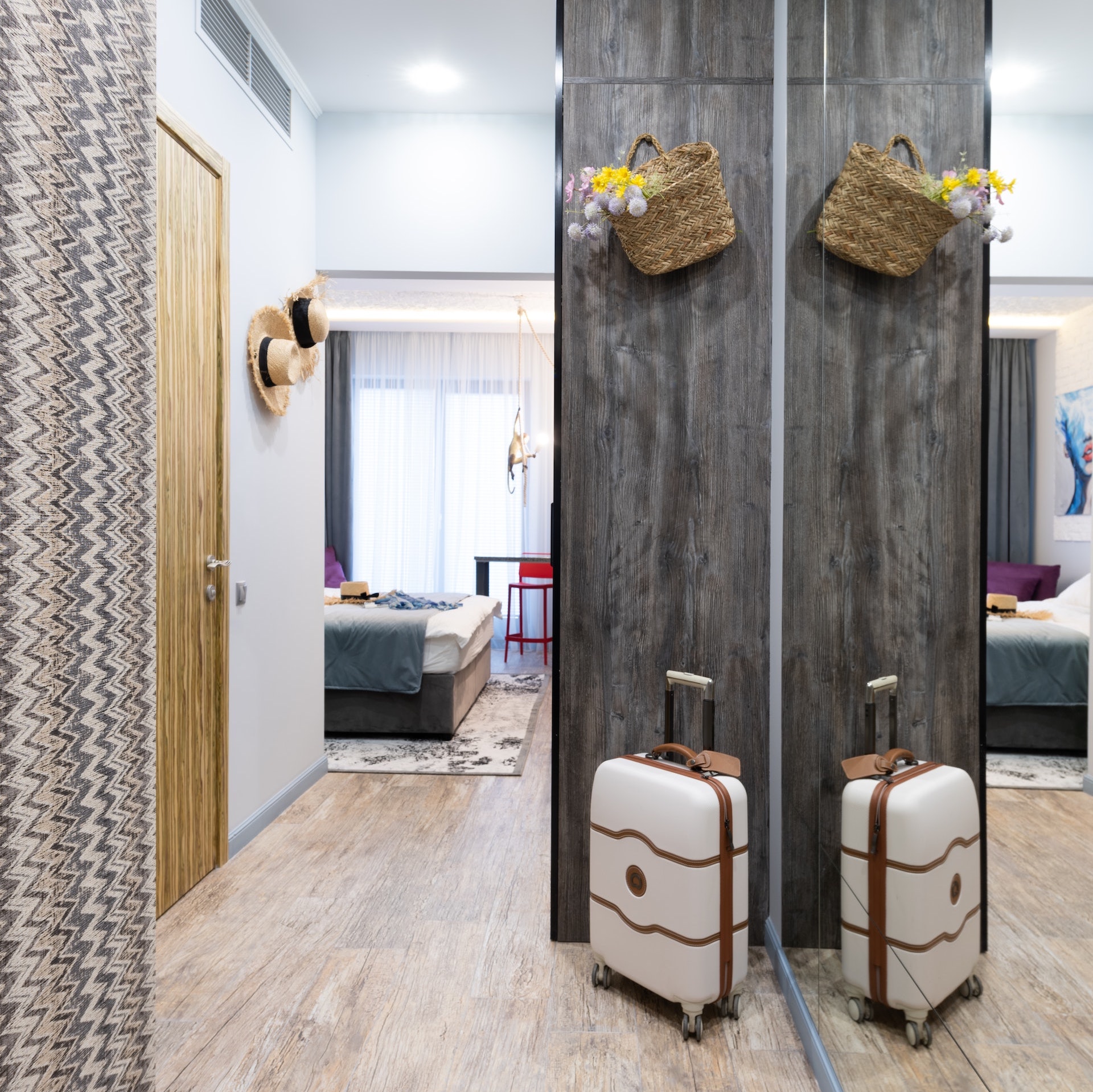In the most recent Construction Pipeline Trend Report for the United States (U.S.) from Lodging Econometrics (LE), at the close of 2022’s fourth quarter, the U.S. construction pipeline stands at 5,465 projects/650,626 rooms, up 14% by projects and 12% rooms Year-Over-Year (YOY).
In Q4, all stages of hotel construction in the U.S. experienced positive YOY growth. At the close of the quarter, there are 1,008 projects/135,492 rooms under construction, up 4% by projects and 3% rooms YOY. Projects scheduled to start construction in the next 12 months stand at 2,073 projects/235,222 rooms, up 14% by projects and 12% by rooms YOY. Projects and rooms in the early planning stage increased 18% and 17% YOY, respectively, reaching all-time high counts of 2,348 projects/279,912 rooms.
The 2023 outlook for the lodging industry looks strong, as it continues to recover from the lows experienced throughout the past two years. Although the U.S. and the hotel industry continue to face some economic challenges, travel and hotel bookings increased substantially during 2022 and the new construction pipeline in the U.S. continues to grow at a moderate pace with new project announcements and construction-starts increasing 35% YOY and 36% YOY, respectively. Hotel owners, investors, developers, and management groups see much opportunity in the year ahead.
At the end of the fourth quarter, brand conversion room counts reached record highs of 1,030 projects/102,162 rooms. The renovation pipeline also remained strong in Q4, reaching the highest project counts seen since Q1 2019, standing at 900 projects/148,105 rooms. Combined, renovation and conversion activity accounts for 1,930 projects/250,267 rooms, record-highs by projects and up 53% YOY by projects and 45% by rooms YOY.
Dallas, Atlanta lead the nation in hotel construction projects
The U.S. Markets with the greatest number of projects in the construction pipeline, at the end of the fourth quarter, are Dallas with 176 projects/20,790 rooms. Following are Atlanta with 145 projects/18,100 rooms, Los Angeles with 122 projects/19,419 rooms, Phoenix with 116 projects/16,229 rooms, and Nashville with 106 projects and 14,198 rooms.
Franchise companies topping the pipeline with the greatest project and rooms counts at Q4 are Marriott International with 1,490 projects/180,113 rooms, Hilton Worldwide with 1,378 projects/154,790 rooms, and InterContinental Hotels Group (IHG) with 789 projects/78,951 rooms.
The brands with the largest number of projects in the pipeline at Q4 close are Home2 Suites by Hilton, with 521 projects/53,735 rooms; Marriott’s TownePlace Suites with 320 projects/29,802 rooms; and InterContinental Hotels Group’s (IHG) Holiday Inn Express with 293 projects/27,817 rooms.
Throughout 2022, the U.S. opened 464 new hotels, accounting for 54,620 rooms, for a growth rate of 1.0%. LE analysts expect new hotel openings to increase in 2023 with 607 projects/72,665 rooms forecasted to open, representing a 1.3% supply increase; and in 2024, 722 projects/82,813 rooms are expected to open, for a 1.5% supply increase.
Related Stories
| Dec 10, 2013
Modular Pedia-Pod: Sustainability in healthcare construction [slideshow]
Greenbuild 2013 in Philadelphia was the site of a unique display—Pedia-Pod, a modular pediatric treatment room designed and built by NRB, in collaboration with the editors of Building Design+Construction, SGC Horizon LLC, and their team of medical design consultants.
| Dec 3, 2013
Creating a healthcare capital project plan: The truth behind the numbers
When setting up a capital project plan, it's one thing to have the data, but quite another to have the knowledge of the process.
| Nov 27, 2013
Pediatric hospitals improve care with flexible, age-sensitive design
Pediatric hospitals face many of the same concerns as their adult counterparts. Inpatient bed demand is declining, outpatient visits are soaring, and there is a higher level of focus on prevention and reduced readmissions.
| Nov 27, 2013
Exclusive survey: Revenues increased at nearly half of AEC firms in 2013
Forty-six percent of the respondents to an exclusive BD+C survey of AEC professionals reported that revenues had increased this year compared to 2012, with another 24.2% saying cash flow had stayed the same.
| Nov 27, 2013
Wonder walls: 13 choices for the building envelope
BD+C editors present a roundup of the latest technologies and applications in exterior wall systems, from a tapered metal wall installation in Oklahoma to a textured precast concrete solution in North Carolina.
| Nov 26, 2013
Construction costs rise for 22nd straight month in November
Construction costs in North America rose for the 22nd consecutive month in November as labor costs continued to increase, amid growing industry concern over the tight availability of skilled workers.
| Nov 25, 2013
Building Teams need to help owners avoid 'operational stray'
"Operational stray" occurs when a building’s MEP systems don’t work the way they should. Even the most well-designed and constructed building can stray from perfection—and that can cost the owner a ton in unnecessary utility costs. But help is on the way.
| Nov 19, 2013
Pediatric design in an adult hospital setting
Freestanding pediatric facilities have operational and physical characteristics that differ from those of adult facilities.
| Nov 19, 2013
Top 10 green building products for 2014
Assa Abloy's power-over-ethernet access-control locks and Schüco's retrofit façade system are among the products to make BuildingGreen Inc.'s annual Top-10 Green Building Products list.
| Nov 18, 2013
6 checkpoints when designing a pediatric healthcare unit
As more time and money is devoted to neonatal and pediatric research, evidence-based design is playing an increasingly crucial role in the development of healthcare facilities for children. Here are six important factors AEC firms should consider when designing pediatric healthcare facilities.

















